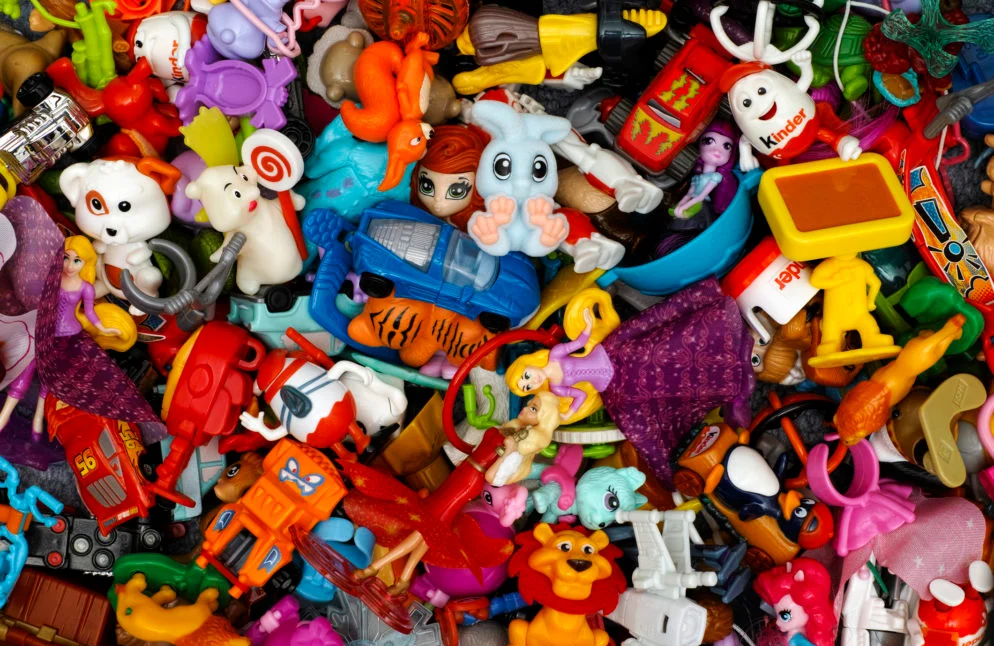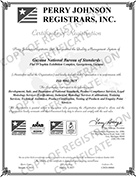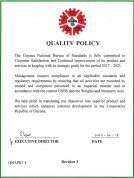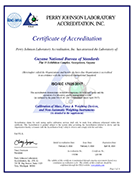Safety should be everybody’s business when selling or buying toys for children this Christmas season. This includes manufacturers, importers, retailors, parents and guardians and even the users of those playful items – children. The Guyana National Bureau of Standards (GNBS) has been actively monitoring toys imported for sale to ensure compliance.
Manufacturers, importers and retailers have a responsibility to ensure safe toys and playthings are available for sale on the local market to prevent sickness or even death due to harmful manufacturing materials, accidents, or inappropriate usage. In addition to quality, toys must be adequately labelled with the necessary caution statements and parents and guardians should take the responsibility to educate and guide children on how to use them to prevent accidents or injuries.
The GNBS monitors toys based on the requirements of the Guyana Standard Specification for the Safety of toys and playthings– GYS 234:2003. This standard was specifically developed to provide guidelines to importers, retailers and consumers on the safety requirements for toys and playthings intended for children.
The National standard specifies requirements for toxicological hazards and other hazards, such as, mechanical hazards, inflammability hazards, hygienic hazard, electrical hazards and thermal hazards. Further, precautionary instructions and warnings, requirements for the packaging and labelling, and inspection and testing procedures, which include preconditioning for shipping and storage, are also addressed in the standard.
The GNBS relies on Certification Marks such as UL, CE, NOM as crucial guides to quality and safety. The marks are affixed to toys once they pass testing conducted by independent laboratories for hazards, structural defects and other parameters.
Even though much is considered during manufacturing, testing and monitoring, parents and guardians still have the responsibility to ensure children use toys and playthings safely. The following are some important tips for you:
- Read labels to gather important information about how to use the toys and ensure that this information is shared with your children.
- Avoid giving children toys that shoot objects into the air as they can cause serious eye injuries.
- Be mindful of other smaller children in the home. While a toy might be appropriate for one child, it might not be appropriate for younger siblings. Toys with small parts, for example, are popular for kids over five-years-old but can pose a great choking danger for those under the age of three.
- Beware of button batteries. These not only pose a choking hazard, but if swallowed they can erode the lining of internal organs; without any initial sign or symptoms. Adults should change batteries in toys.
- Toy jewellery often contains lead. It’s generally good to avoid metal jewellery, especially if your child is likely to put it in his or her mouth.
- Chargers and Adapters – Charging batteries should be supervised by adults. Chargers and adapters can pose thermal burn hazards to children.
- Scooters, electric bikes and other riding toys and skateboards can go fast, and falls could be deadly. Helmets and safety gears should be always worn.
For further information on this subject, call the GNBS on Telephone number: 219-0065 or visit the Bureau’s website: www.gnbsgy.org






